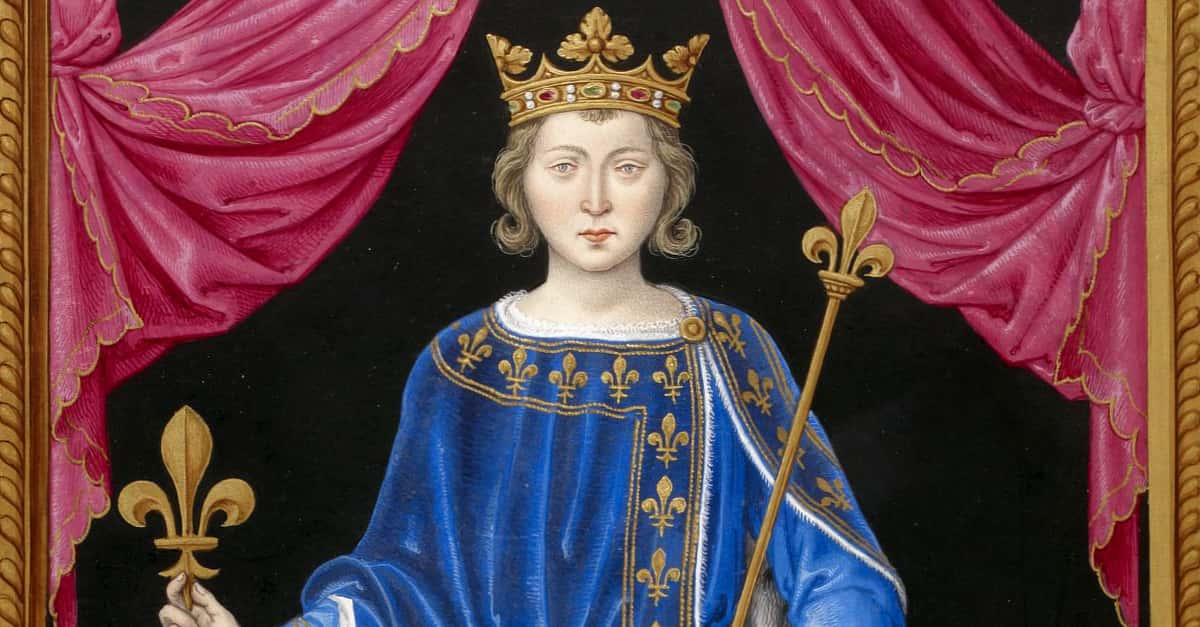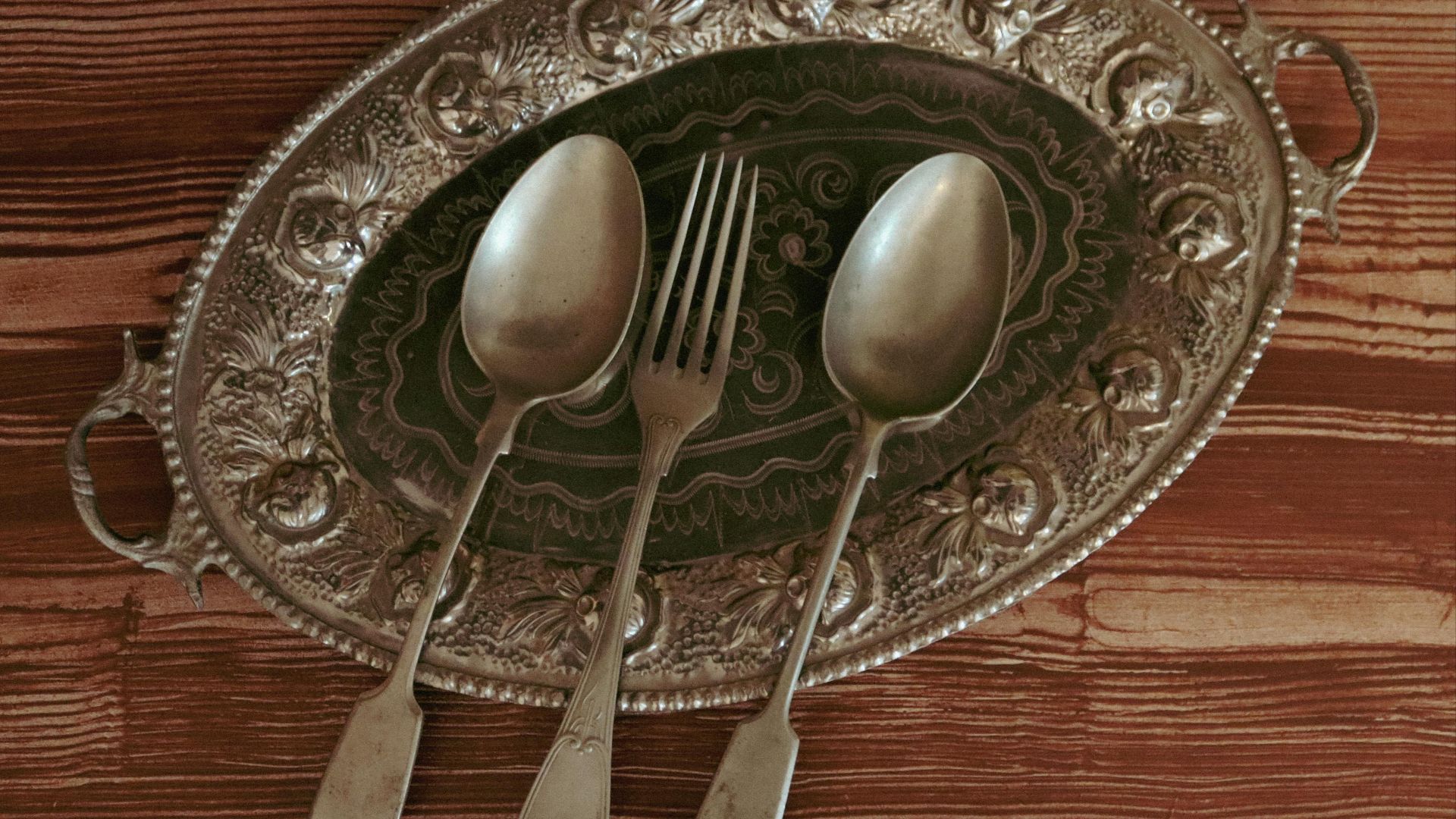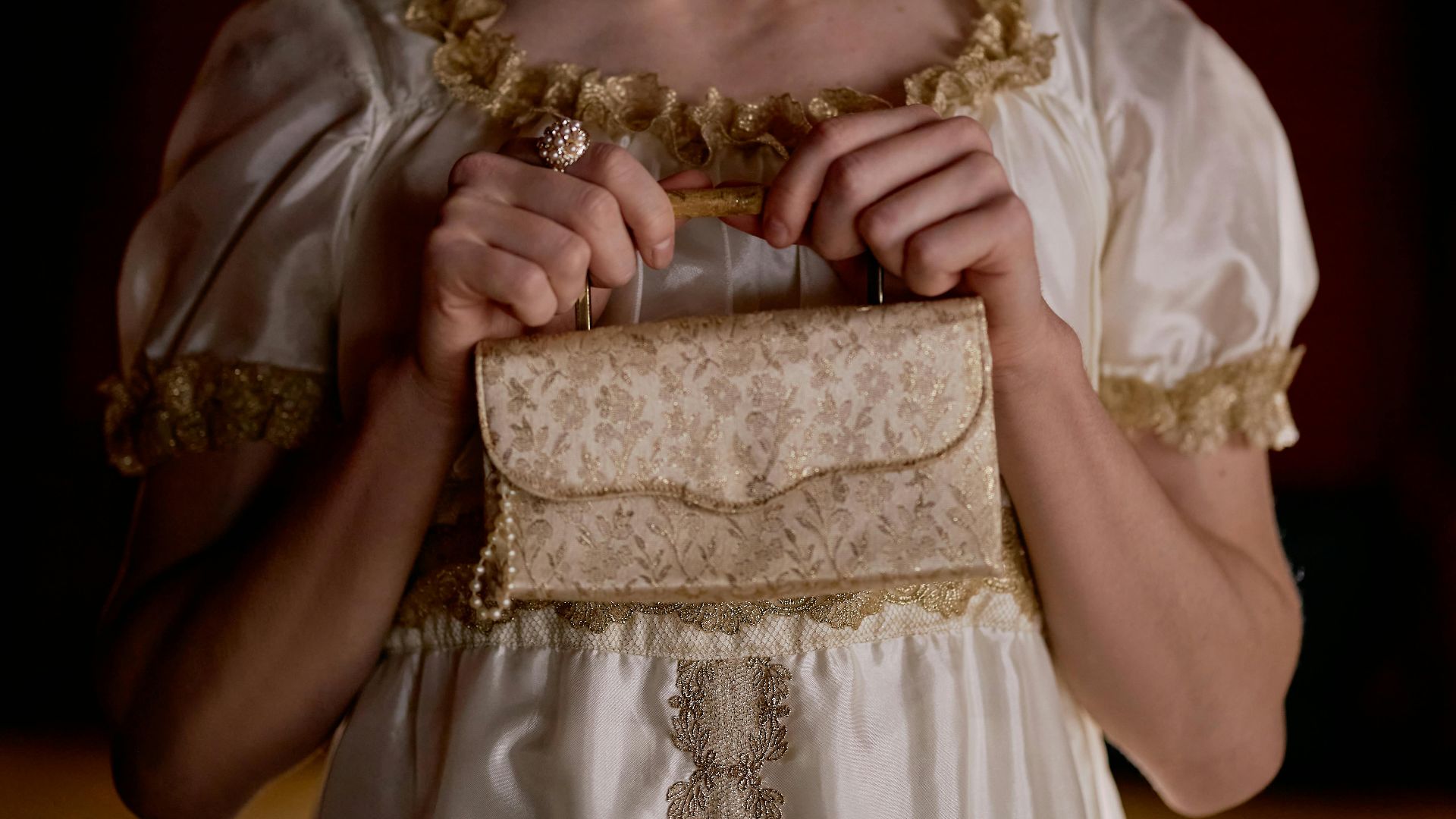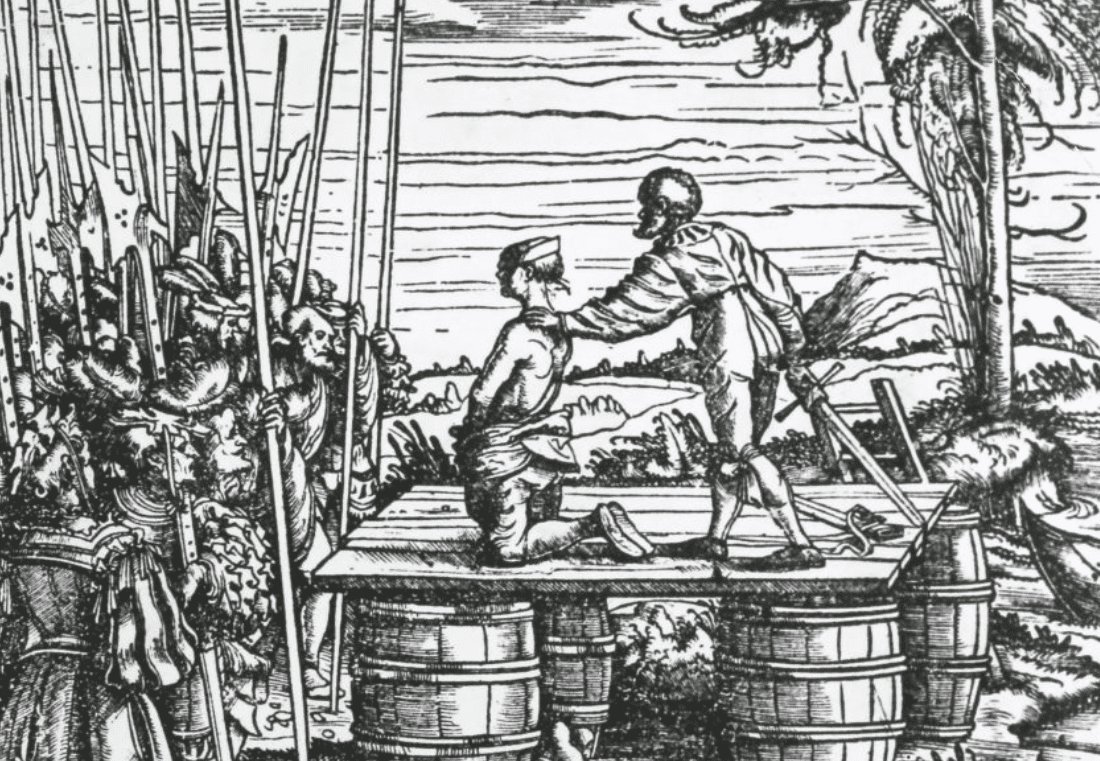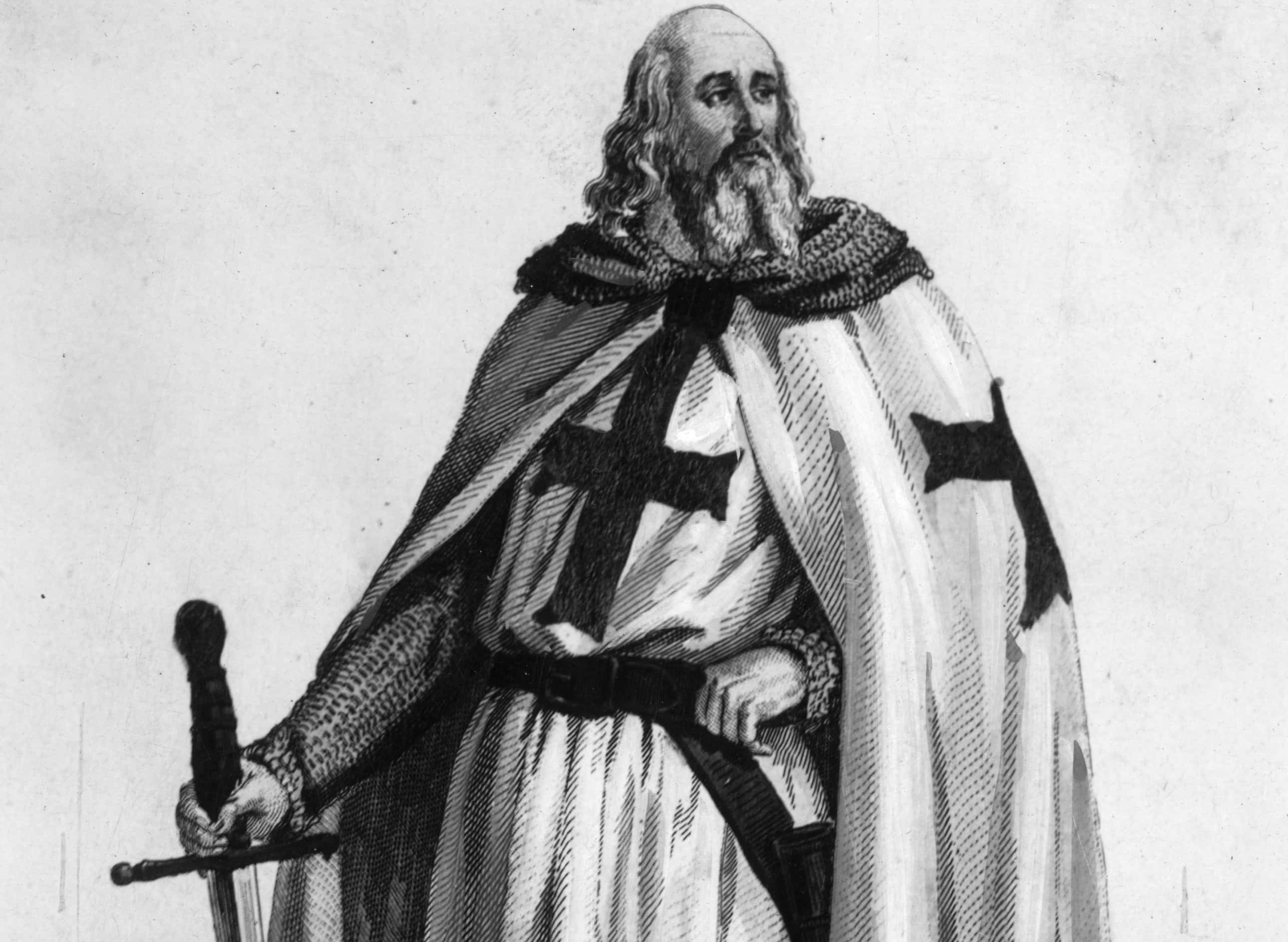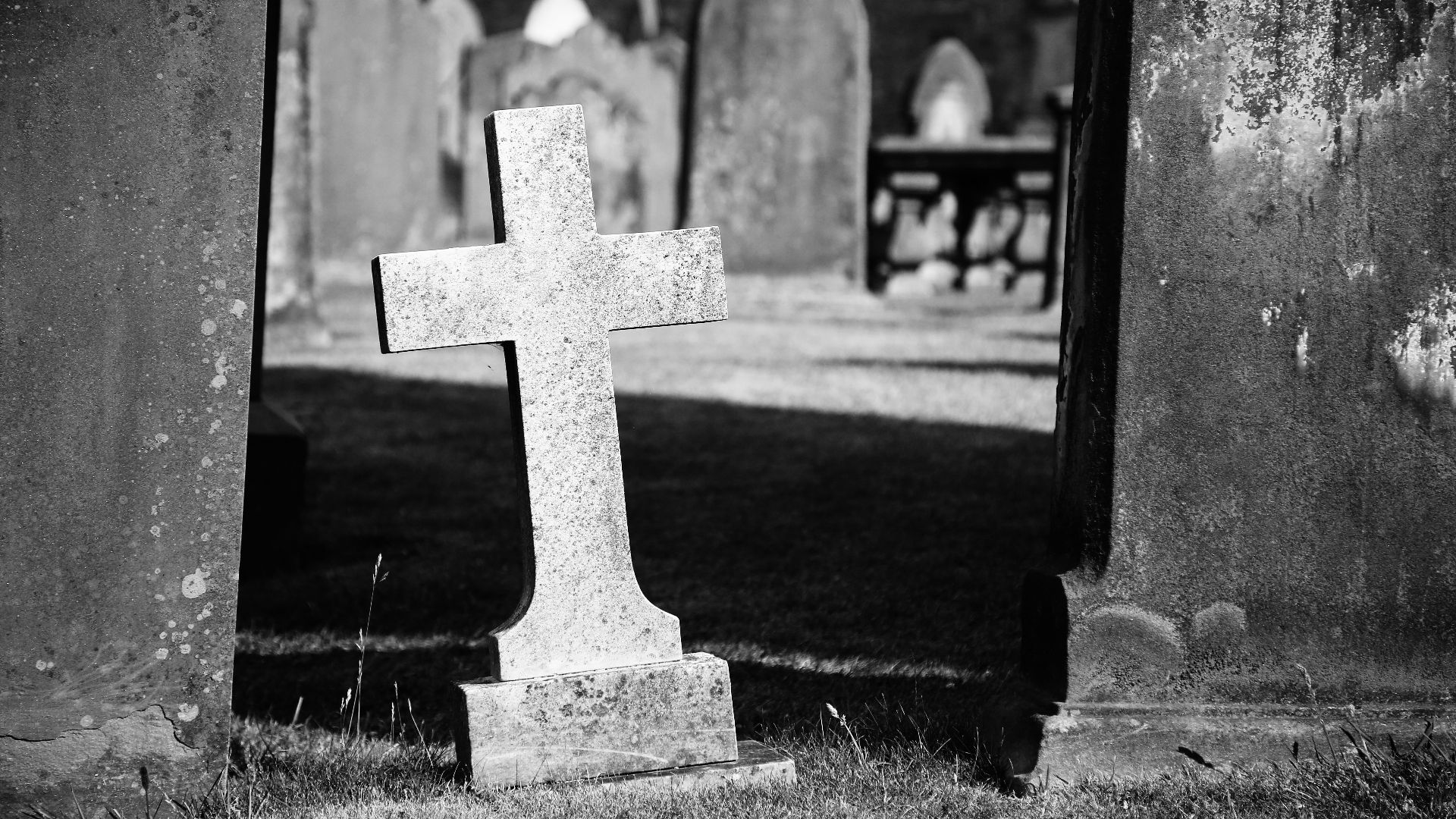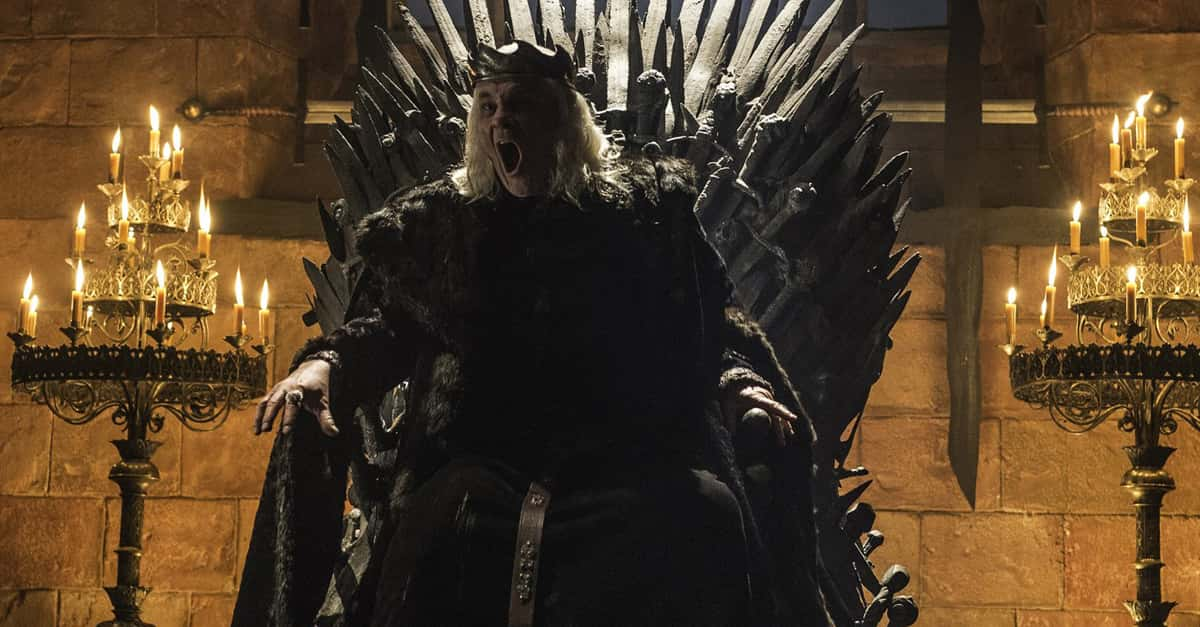King Philip The Fair
Many rulers have led with extreme egos or great ambitions, but King Philip of France took self-righteousness to another level. Acting under the divine calling he believed God had placed upon him, he showed little uncertainty, mercy, or emotions in general, no matter who he was dealing with. His willingness to do whatever it took to ensure his vision earned him no shortage of enemies—and perhaps an early grave.

1. His Father Was Bold
King Philip IV may have received the moniker of “the Fair” due to his appearance, but he became well-known for his unfeeling and unyielding resolve. As it turns out, there’s a good chance this headstrong attitude was something of a family gene. Born in 1268, his mother was Isabella of Aragon, while his father was known as Prince Philip III at the time. Eventually, though, after taking the throne, others would refer to his father as Philip the Bold.
When that happened, it was a bittersweet occasion.
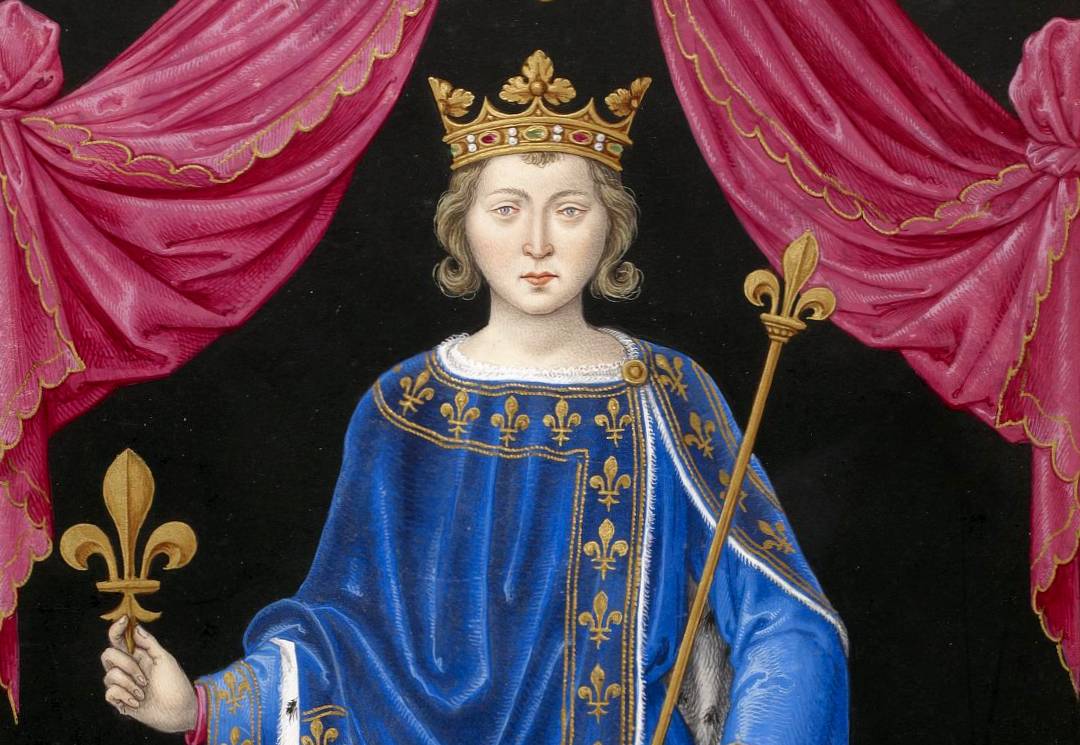 Unknown Author, Wikimedia Commons
Unknown Author, Wikimedia Commons
2. His Brother Moved Up
Although Philip IV likely remembered none of this, being only two at the time, the start of the next decade was not happy. While on a Crusade in August 1270, King Louis IX—Philip IV’s grandfather—perished and pulled the chain of succession up, making Philip the Bold the new king, and Philip IV’s brother, Louis, the heir apparent.
The family's loss may have been grand—but it was nothing compared to the grief coming next.
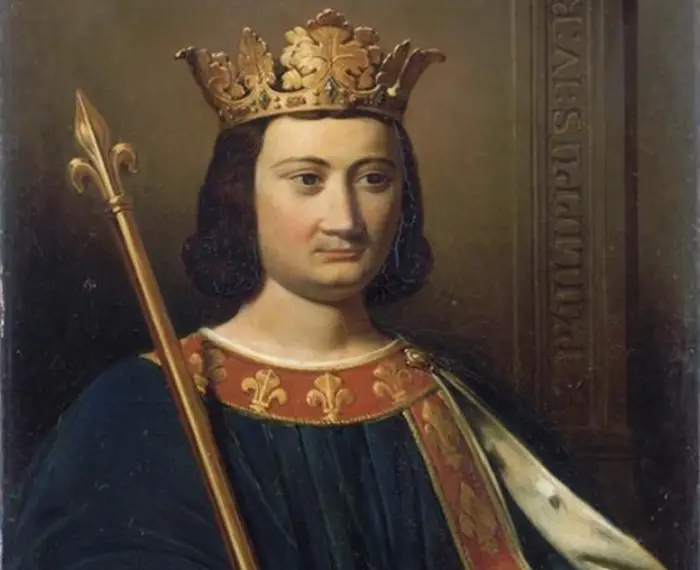 Jean Louis Bezard, Wikimedia Commons
Jean Louis Bezard, Wikimedia Commons
3. He Endured Immense Loss
Sadly, Philip IV would grow up without his mother. In January 1271, the pregnant Queen-to-be had a nasty fall from a horse, causing her and her unborn child to perish. Following this, the first loss Philip likely remembered was that of his brother Louis, who passed in 1276. Shocked and confused, the eight-year-old Philip now faced his new role as heir apparent.
With this responsibility at such a young age, he needed someone to look up to.
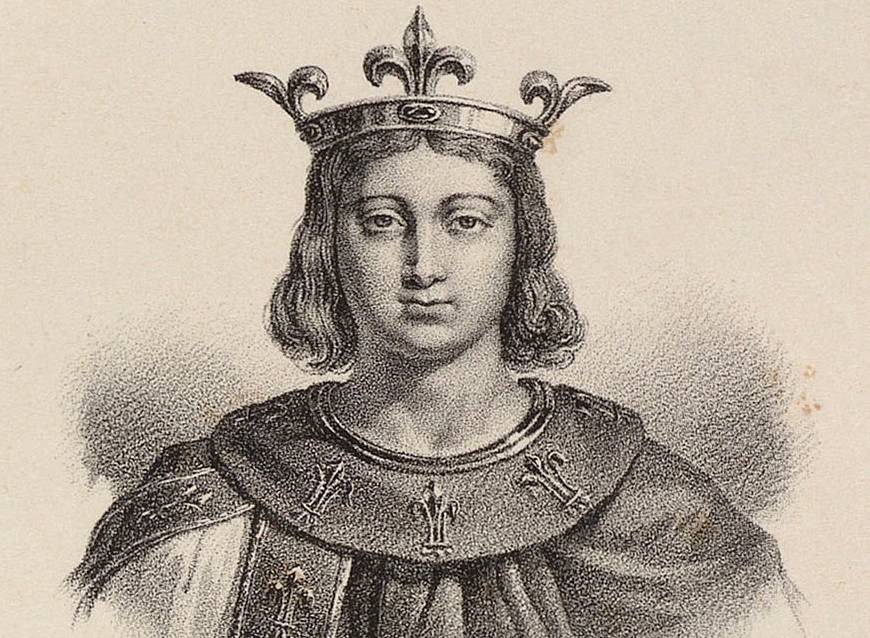 François-Séraphin Delpech, Wikimedia Commons
François-Séraphin Delpech, Wikimedia Commons
4. He Found A Role Model
Philip IV wasn’t King yet, but if the swiftness of the past few losses in his family were anything to go by, his ascension could come at any moment. As he looked for someone to model himself after as a ruler, he became drawn to the reputation and legacy that his grandfather, Louis IX, had left behind.
This gave him a new sense of being.
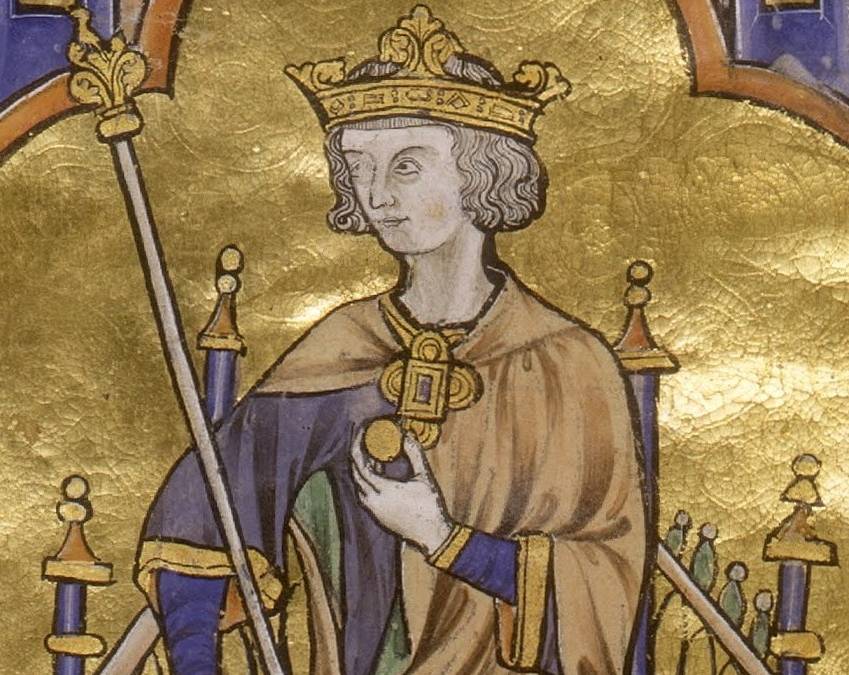 Unknown Author, Wikimedia Commons
Unknown Author, Wikimedia Commons
5. He Was Called
When he still ruled, many admired Louis IX for his righteous disposition, and stories of his works—often miraculous—continued to spread after his passing. Philip IV seemed to take this to the extreme, coming to believe that not only was God charging him with following in his grandfather’s footsteps, but also to lead France as Catholicism’s chosen protector.
Of course, this didn’t mean he had to be alone. 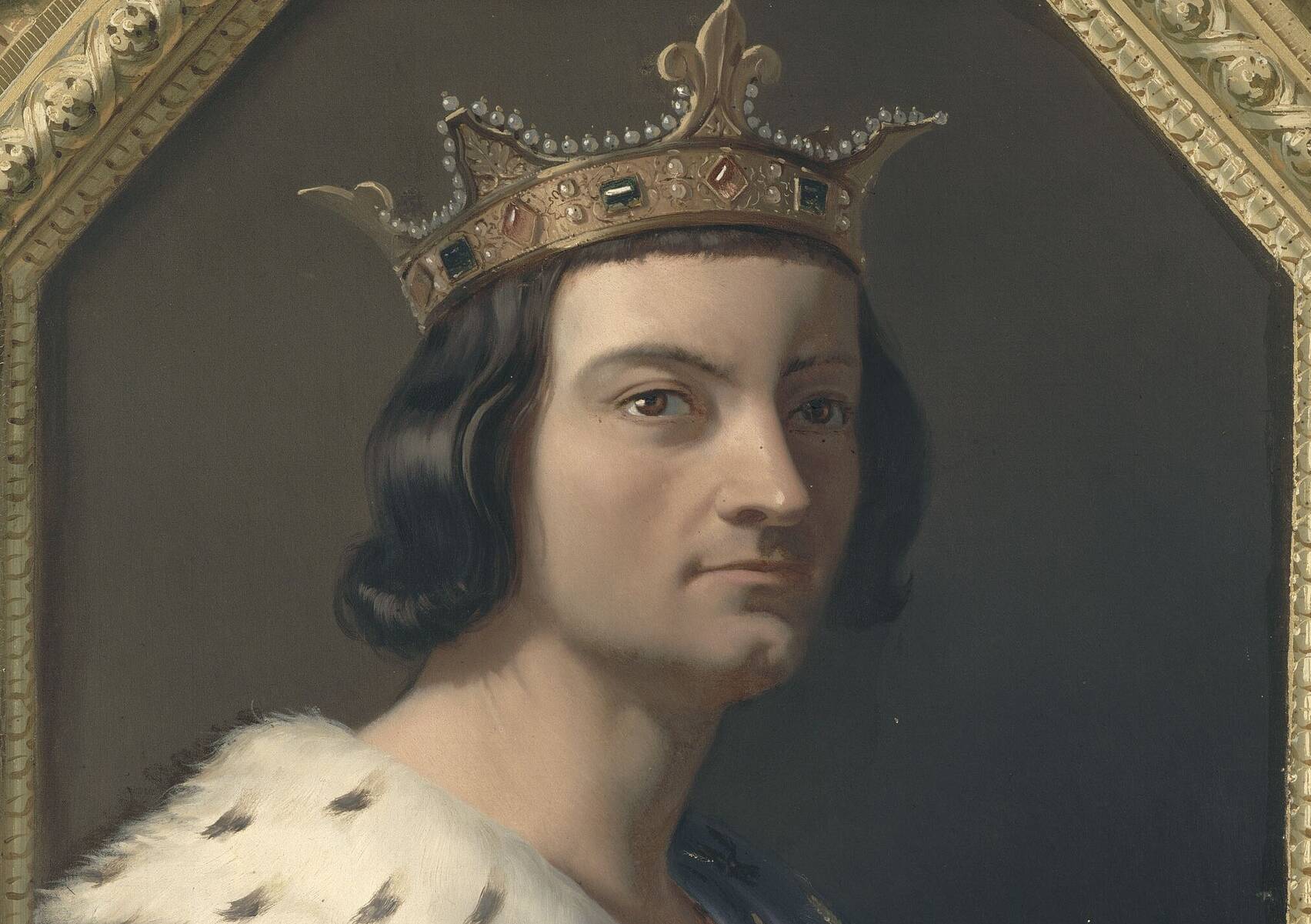 Pierre-Jules Jollivet, Wikimedia Commons
Pierre-Jules Jollivet, Wikimedia Commons
6. He Found Someone
When royals marry, it’s almost always to get some political or financial benefit, as was Philip IV’s marriage on August 16, 1284. In marrying Joan I of Navarre, Philip would benefit by expanding his land to include Brie and Champagne, since Joan was set to inherit them. They also lucked out with falling in love, with Philip refusing to remarry after her later passing.
Soon after their wedding, his time finally came. A+E Studios, Knightfall (2017–2019)
A+E Studios, Knightfall (2017–2019)
7. He Ascended
With strong ambition and his future queen by his side, Philip was ready to reign as king by the time his father passed, which still likely came earlier than expected. While fighting a campaign against the Kingdom of Aragon in 1285, King Philip III passed due to dysentery. So, at the young age of 17, Philip IV took the throne on January 6, 1286—and he already had big plans.
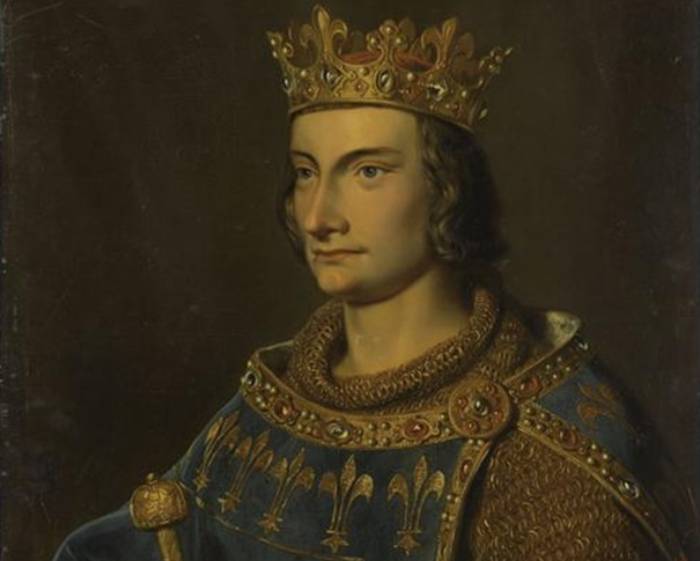 Gillot Saint-Evre, Wikimedia Commons
Gillot Saint-Evre, Wikimedia Commons
8. He Wanted To Grow Stronger
Befitting someone with such strong idealism, the new King Philip IV had one goal above all: ensuring that the monarchy would only get stronger. As a whole, this meant changing the way previous sovereigns had ruled, especially by giving more authority to his own bureaucracy—which included officials whose chief concern was the letter of the law.
Not everyone agreed with his choices, though.
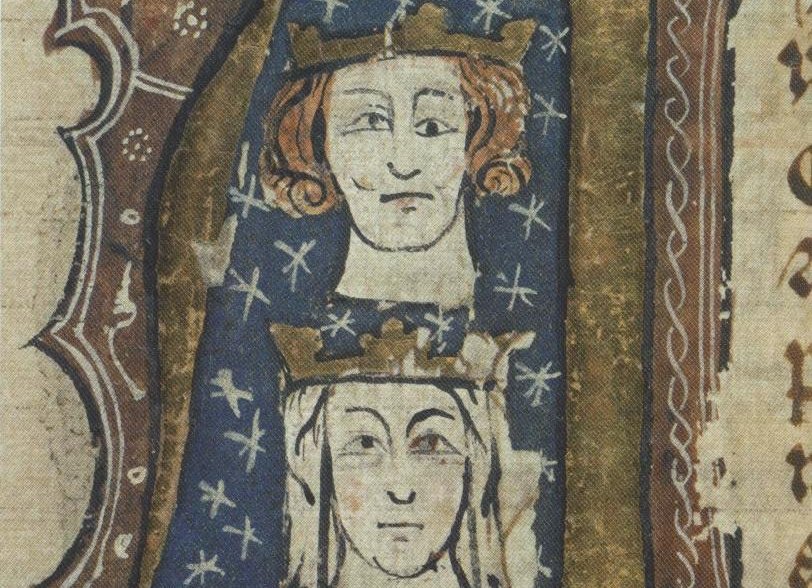 Unknown Author, Wikimedia Commons
Unknown Author, Wikimedia Commons

History's most fascinating stories and darkest secrets, delivered to your inbox daily.
9. He Had Mixed Reviews
To further his goals, King Philip introduced several unwelcome policies upon his accession and made varying impressions on his subjects. His ministers and the general public often described him as standoffish, or even useless, while those like William of Nogaret viewed him in rose colored glasses due to his support of the Church.
Meanwhile, the monarchy wasn’t in the best place on its own.
 A+E Studios, Knightfall (2017–2019)
A+E Studios, Knightfall (2017–2019)
10. He Owed Money
Once he took the throne, King Philip IV faced one of the biggest problems he inherited from his father—debt. The previous King’s conflict with Aragon had been expensive, and had largely financed it through borrowed money from the Knights Templar. However, by 1286, he repaid the debt of around 8 tonnes of silver and moved out of the red.
Of course, King Philip had many balls in the air.
11. He Had Connections
Although France had tensions with several powerful rivals, King Philip was lucky enough to form some alliances in the Middle East. This included having the ear of Rabban Bar Sauma, an influential Uyghur monk from the Yuan dynasty of China who had an embassy in the region—and this connection proved quite useful.
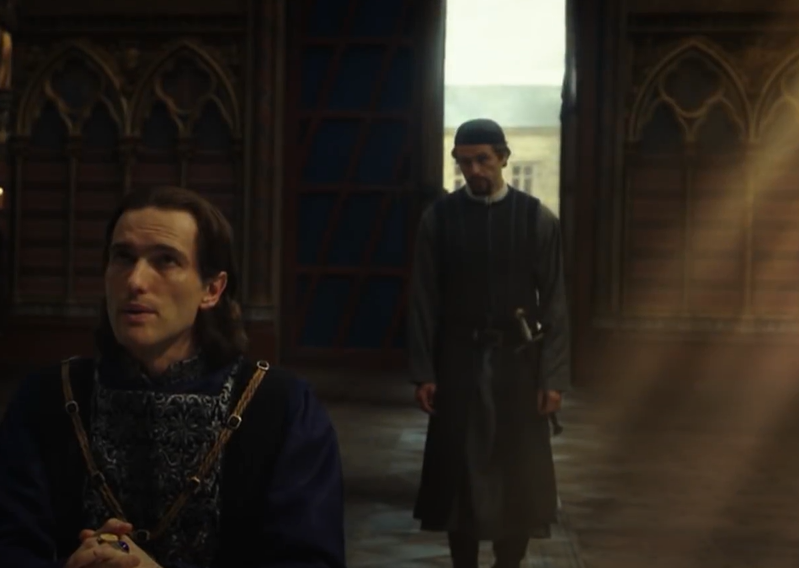 A+E Studios, Knightfall (2017–2019)
A+E Studios, Knightfall (2017–2019)
12. He Received A Proposal
Through Bar Sauma, King Philip received an offer from Baghdad’s Mongol Ilkhanate, Arghun Khan, who suggested a team-up between France and the Mongols. In exchange for France’s aid against the Muslim Mamluks, Arghun promised King Philip that he would take Jerusalem and give it back to the Christians.
However, things don’t always pan out.
 A+E Studios, Knightfall (2017–2019)
A+E Studios, Knightfall (2017–2019)
13. It Didn’t Go Anywhere
By all evidence, King Philip liked Arghun’s proposal and even sent a nobleman to travel with Bar Sauma to bring his answer back to the Khan. For the next couple of years, the King and the Khan kept in touch and continued to negotiate the alliance. However, these discussions seemingly fizzled out, as no campaign was ever launched.
But King Philip had bigger fish to fry.
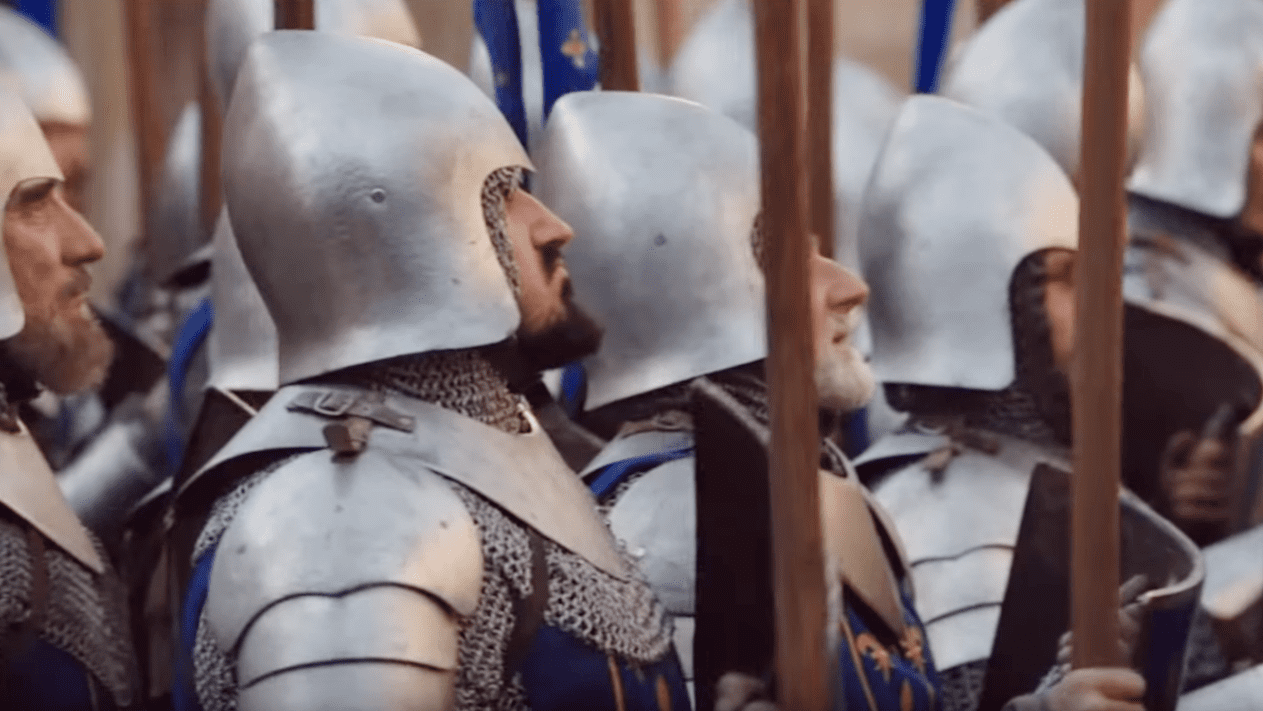 A+E Studios, Knightfall (2017–2019)
A+E Studios, Knightfall (2017–2019)
14. Their Alliance Broke Down
Around this time, Aquitaine remained a vassal state under France’s rule, with its duchy held by King Edward I of England. As such, despite his likely begrudging attitude, the English King had no choice but to pay regular homage to King Philip—and by 1291, relations between the two Kings became disturbingly tense.
 A+E Studios, Knightfall (2017–2019)
A+E Studios, Knightfall (2017–2019)
15. He Summoned Edward
In the early 1290s, the tensions between France and England escalated into conflicts between their residents. Sailors from either kingdom had started attacking and taking captive any opposing ships they came across, with the English sacking the port city of La Rochelle. To straighten things out, in 1293, King Philip summoned King Edward—but Edward had other plans.
 A+E Studios, Knightfall (2017–2019)
A+E Studios, Knightfall (2017–2019)
16. He Dishonored Him
Although relations between England and France were souring, King Edward didn’t see fit to answer the summons himself, instead sending his ambassadors. However, Philip turned them away, and Edward was met with more displeasing behavior. Not only that, Philip utterly refused to refer to Edward as anything more than a vassal or a duke.
Initially, though, they were able to reach an agreement.
 A+E Studios, Knightfall (2017–2019)
A+E Studios, Knightfall (2017–2019)
17. They Compromised
Edward was still intent on not appearing before Philip in person, so he sent his brother, whom he believed would satisfy the French king. This seemingly worked, and the monarchs negotiated a deal where Edward would temporarily give Philip Gascony in fealty as Duke, in exchange for Philip’s forgiveness.
Unfortunately, their peace was short lived—and this time, things took a nasty turn.
 A+E Studios, Knightfall (2017–2019)
A+E Studios, Knightfall (2017–2019)
18. He Refused
Unfortunately, the peace between Philip and Edward didn’t last, and it wasn’t long before the English king received another summons to Paris in April 1294. This time, though. Edward had had enough, and rather than try to send someone else, he simply refused the summons entirely. But Edward didn't have as much power as he thought he did—and his bold choice only made things far worse.
 A+E Studios, Knightfall (2017–2019)
A+E Studios, Knightfall (2017–2019)
19. He Took His Land
Edward’s refusal of Philip’s summons had immediate repercussions, and in the following month, he lost great amounts of land for his “failure to appear in person”. This meant that his surrender of Gascony became less temporary, and Philip went as far as to revoke his Duchy of Aquitaine.
By now though, England wasn’t the only one upset with France.
 A+E Studios, Knightfall (2017–2019)
A+E Studios, Knightfall (2017–2019)
20. They Started Fighting
When Philip seized pieces of Edward’s lands, it wasn’t just in writing. The French army marched onto Gascony and Aquitaine, taking them by force. Naturally, Edward had only one answer to this, and he officially declared hostilities on France in 1294—but he wasn’t alone. Just a few years into the conflict, the county of Flanders also turned against King Philip—and England saw an opportunity.
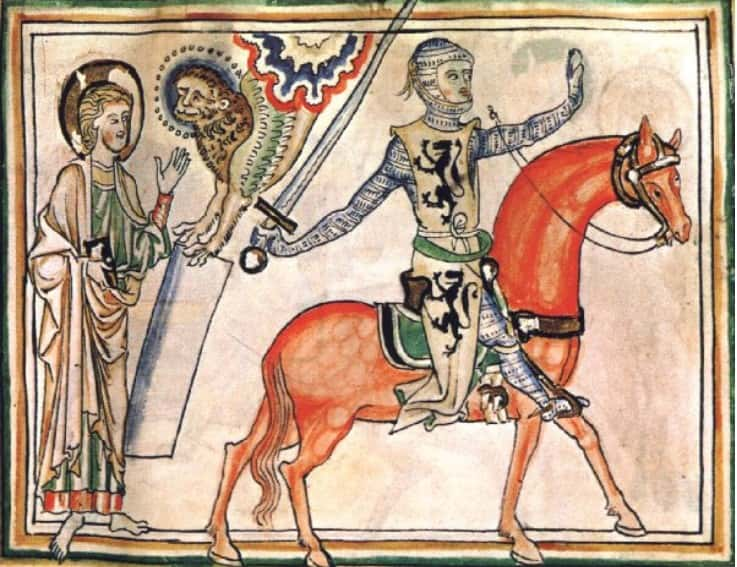 Unknown Author, Wikimedia Commons
Unknown Author, Wikimedia Commons
21. They Brought In Help
As Flanders declared independence in 1297, England saw an opportunity to unite against a common enemy, aiding the Flemish people and simultaneously weakening France. However, France was not without allies, and quickly called upon their Auld Alliance with Scotland to help in the coming conflict.
Meanwhile, this wasn’t the only confrontation Philip was facing.
 A+E Studios, Knightfall (2017–2019)
A+E Studios, Knightfall (2017–2019)
22. He Angered The Pope
For years, King Philip was at odds with Pope Boniface VIII, often through several unfavorable policies towards the French clergy. This culminated when Philip seized the bishop of Pamiers and charged him with treason in 1301, causing the Pope to call an official meeting of other French bishops to figure out what to do.
But this only further upset Philip—and he took things to a disturbing new level.
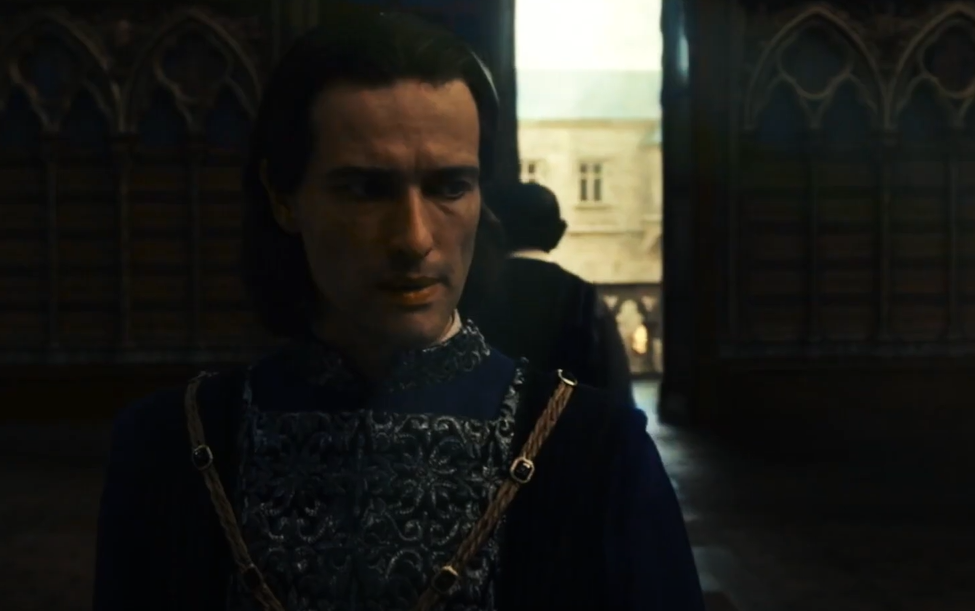 A+E Studios, Knightfall (2017–2019)
A+E Studios, Knightfall (2017–2019)
23. He Tried To Capture Him
Outraged at Pope Boniface’s moves against him, Philip convened his own meeting of the affluent to criticize the holy father. Following this, the Pope declared papal supremacy with 1302’s Unam Sanctam, which would have worked if King Philip hadn’t sent his agent to capture Boniface. While the Pope did escape this attempt, he perished shortly after.
At the same time, France’s conflict with England and Flanders was escalating—and Philip was unprepared.
 A+E Studios, Knightfall (2017–2019)
A+E Studios, Knightfall (2017–2019)
24. They Pulled Ahead
As the conflict between England and France moved into its eighth year, King Philip met a staggering defeat at the Battle of the Golden Spurs, and it wasn’t from King Edward’s forces. In fact, it was the Flemish people who soundly defeated Philip’s 6, 500-man army, causing him to him rethink his odds against their rebellion.
Luckily, their victory was short-lived.
 A+E Studios, Knightfall (2017–2019)
A+E Studios, Knightfall (2017–2019)
25. He Came Back Swinging
Although he couldn’t immediately exact his vengeance on the Flemish people, around two years later in 1304, King Philip showed Flanders exactly what he thought of their efforts. At the Battle of Mons-en-Pévèle, France’s forces came at the Flemish army with no mercy and effectively ended the conflict between them.
But this wasn't enough for Philip—and once again, he took things further.
 A+E Studios, Knightfall (2017–2019)
A+E Studios, Knightfall (2017–2019)
26. He Pulled No Punches
Unfortunately for the Flemish people, the tenacity and surprising strength they showed only allowed their uprising to go so far. In 1305, Philip both cemented his victory and implemented severe measures and punishments to ensure that Flanders would never again rise against his monarchy.
Despite the win, Philip hadn’t completely come out on top.
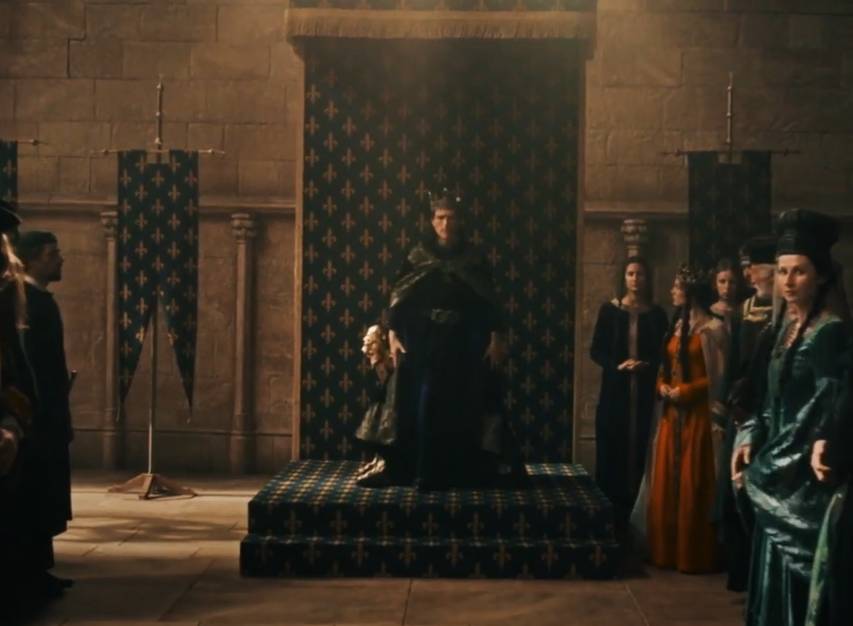 A+E Studios, Knightfall (2017–2019)
A+E Studios, Knightfall (2017–2019)
27. It Was Expensive
By the end of England and France’s conflict, neither country was happy with the outcome. The goal of it all had been to settle which land belonged to which kingdom, and possibly acquire more of it, but almost none of this happened. Instead, the more significant impact was on the economy, especially with all the taxes used to finance the fighting.
France began to plummet—and Philip got desperate.
 A+E Studios, Knightfall (2017–2019)
A+E Studios, Knightfall (2017–2019)
28. It Lost Value
France’s economy took a major hit from its hostilities with England and suffered consequences that lasted long after the fighting. The impact of the Battle of Golden Spurs alone caused the worth of French currency to decrease by 37%, and Philip started ordering the collection of silver objects from residents for minting into coins.
Naturally, these kinds of changes affected many French residents.
 A+E Studios, Knightfall (2017–2019)
A+E Studios, Knightfall (2017–2019)
29. They Were Outraged
France’s economy had suffered, but its victory over Flanders’ uprising allowed Philip to try to get things back to normal. In 1306, he brought the silver content of each coin back up to 3.96 grams and devalued the coinage minted during the conflict. But this meant that debtors then needed to use the new coinage in their repayments and lost quite a bit of money—which inevitably led to brutal riots.
On the other hand, Philip took steps to ensure a lasting peace.
 A+E Studios, Knightfall (2017–2019)
A+E Studios, Knightfall (2017–2019)
30. His Daughter Married
France had come out on top against England, but Philip wasn’t interested in perpetuating the antagonistic attitudes that had led them to a conflict. Therefore, in 1308, his daughter Isabella married King Edward's son Edward II—after all, he did betroth her to Edward II in the 1299 Treaty of Montreuil. This was their way of keeping the two kingdoms from fighting for the foreseeable future.
Still, in the end, everything comes back to money.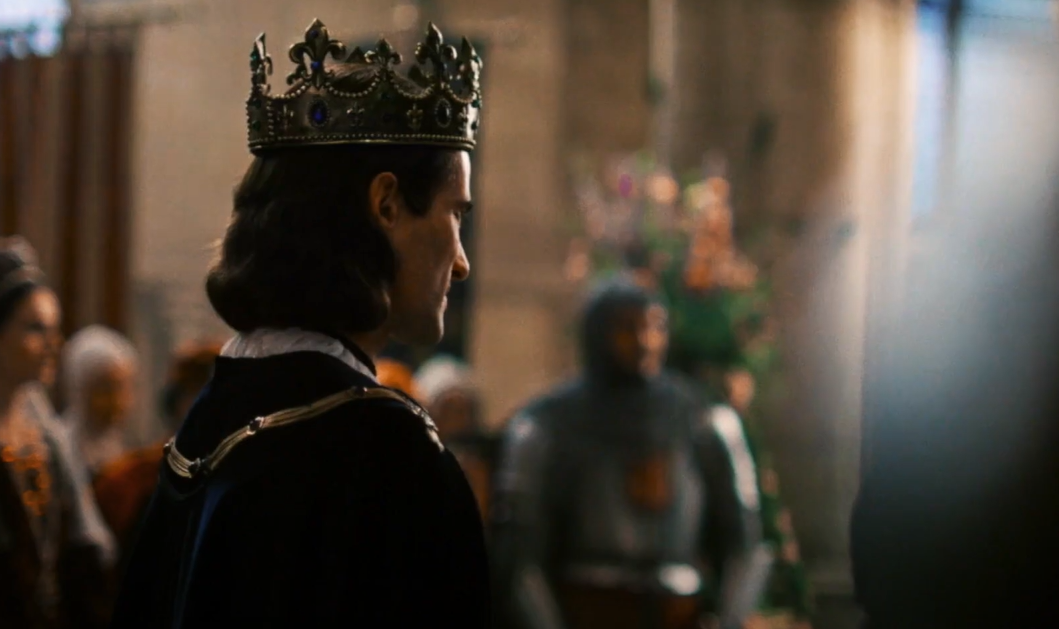 A+E Studios, Knightfall (2017–2019)
A+E Studios, Knightfall (2017–2019)
31. He Threw Them Out
Rather than try to figure out the financial crisis that his international relations and policies had caused, Philip decided to expel all Jewish residents of France in 1306. While he may have said something different at the time, this was likely to take over the Jewish mints in the region, therefore furthering his revaluation and taking any loans made by the Jewish people.
Obviously, this didn’t fix his problems—and once again, he only made things worse.
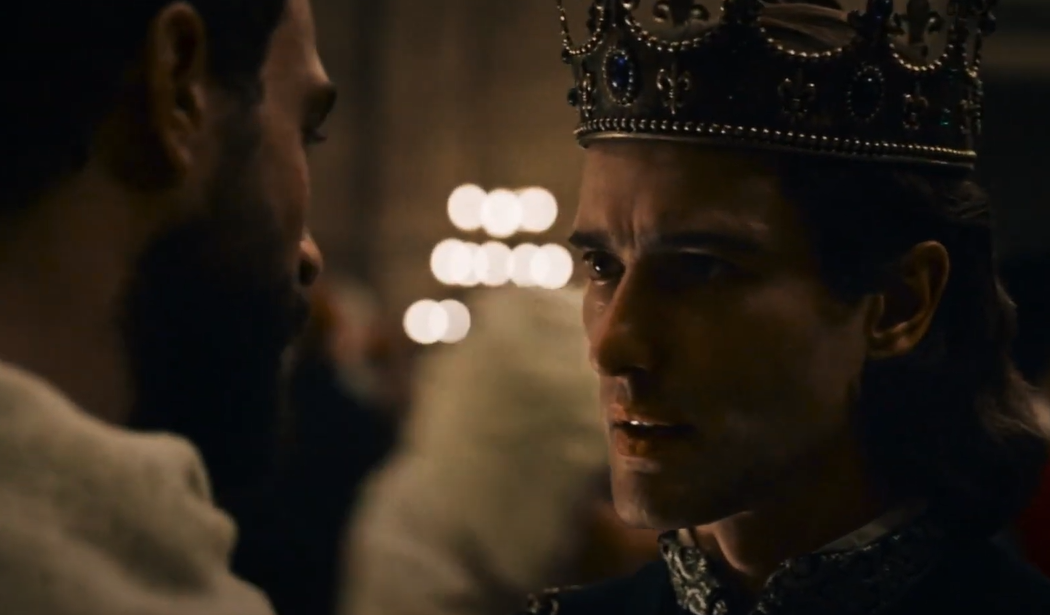 A+E Studios, Knightfall (2017–2019)
A+E Studios, Knightfall (2017–2019)
32. He Still Owed Them
For ages, the order of the Knights Templar had served as chivalric protectors of Christian pilgrims, but had since become more focused on the business of finance and banking. As such, considering Philip had inherited his father’s monetary problems and added a few of his own, he was again heavily indebted to the Templars—and they expected him to pay it back.
Unfortunately for the Templars, as he demonstrated with many before them, his answer to getting rid of debts was to get rid of the debtors.
 A+E Studios, Knightfall (2017–2019)
A+E Studios, Knightfall (2017–2019)
33. He Targeted Them
Likely to rid himself of his debt to the Templars, Philip made it his next mission to eliminate the order. So, when a couple of people raised accusations of heresy and sodomy against the knights, Philip used these complaints to start tearing them down. This allowed him to gain even more power.
 A+E Studios, Knightfall (2017–2019)
A+E Studios, Knightfall (2017–2019)
34. He Took A Higher Calling
Whatever degree of truth lay in the accusations against the Templars, Philip showed the ultimate “holier-than-thou” attitude in condemning the order. Since the Templars answered to the Pope primarily, Philip framed these actions as divine justice and claimed to operate above the papacy as an almost Christ-like figure.
The Templars’ numbers were up—and they had nowhere to run.
 A+E Studios, Knightfall (2017–2019)
A+E Studios, Knightfall (2017–2019)
35. He Captured All Of Them
Philip’s vendetta against the Templars culminated one dark day in October 1307, on Friday the 13th. Swiftly and without mercy, Philip’s men seized the knights in France and took them into custody by the hundreds. This is where the truth of the accusations gets more vague, as nearly all confessions of heresy made by the knights came from pain and coercion. The form of torture that Philip ordered on the Templars was utterly brutal.
And sadly, there was little anyone could do.
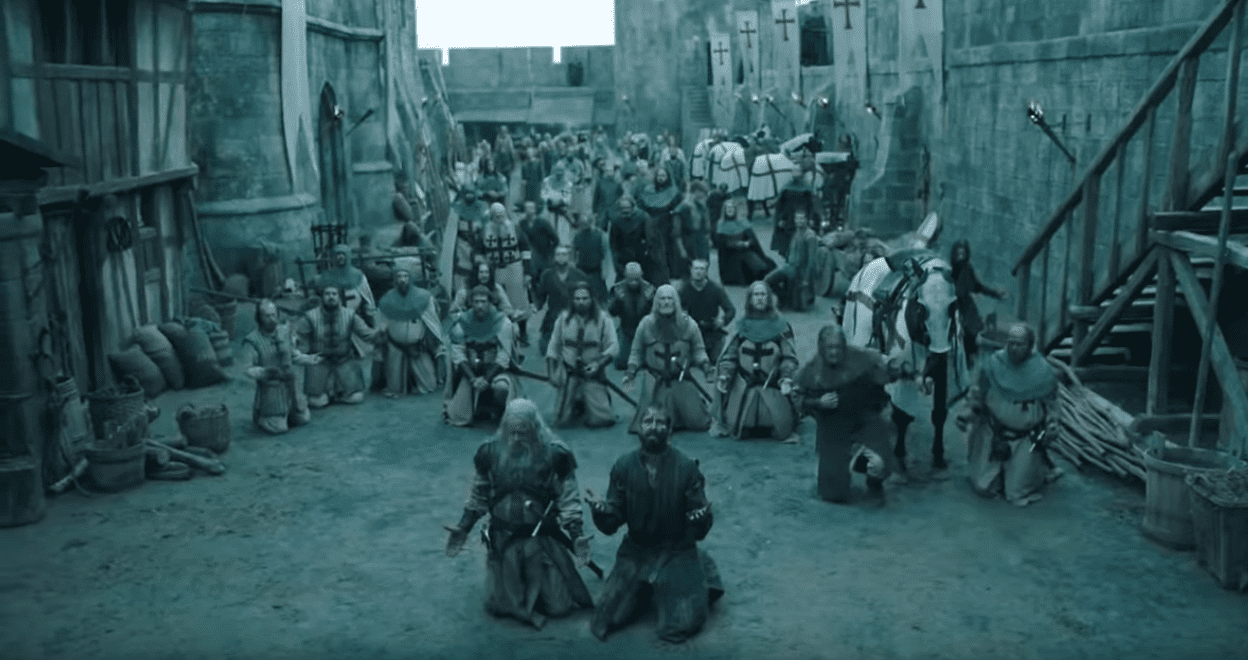 A+E Studios, Knightfall (2017–2019)
A+E Studios, Knightfall (2017–2019)
36. He Took No Chances
While the Templars did serve the papacy, the Pope at the time—Clement V—was mostly inefficient in protecting them, since he was in the pocket of King Philip. However, Clement still tried to arrange several trials for the Templars with no success, as Philip ordered their executions through burning at the stake before any proceedings could go through.
Meanwhile, Philip was just a few years away from dealing with his next big scandal.
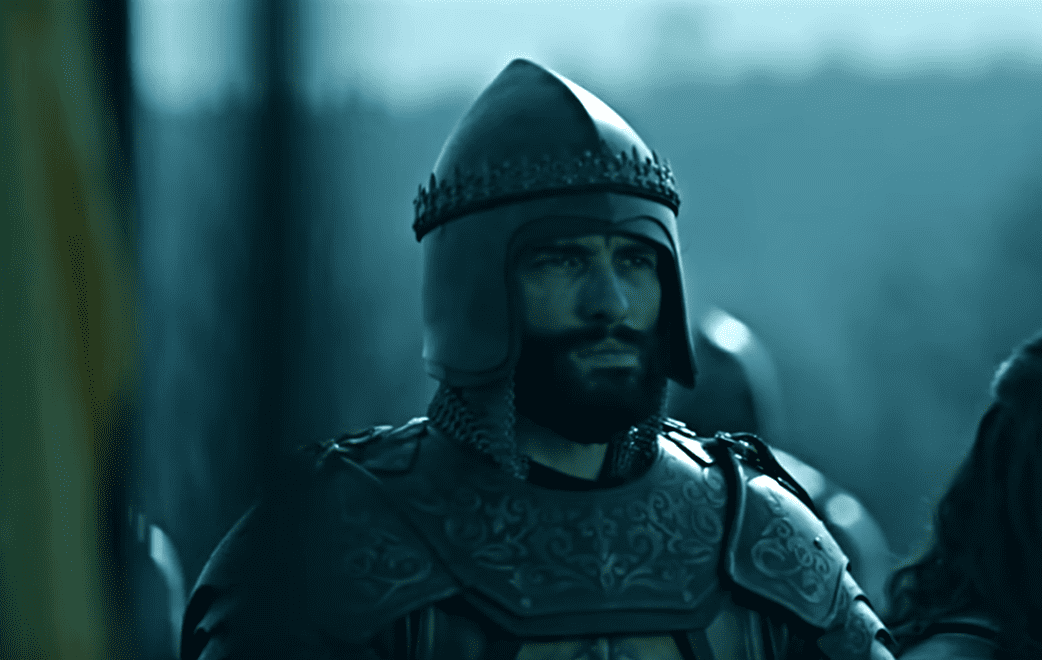 A+E Studios, Knightfall (2017–2019)
A+E Studios, Knightfall (2017–2019)
37. King Philip's Sons Married
Several years after his mass execution of the Templars, Philip faced another issue, but this time it was much closer to home, as it had to do with his sons and their wives. At this time, Philip’s three sons—Louis, Philip, and Charles—had each been married for several years to members of the Burgundian nobility, Margaret, Joan, and Blanche.
However, the trouble started with King Philip’s daughter.
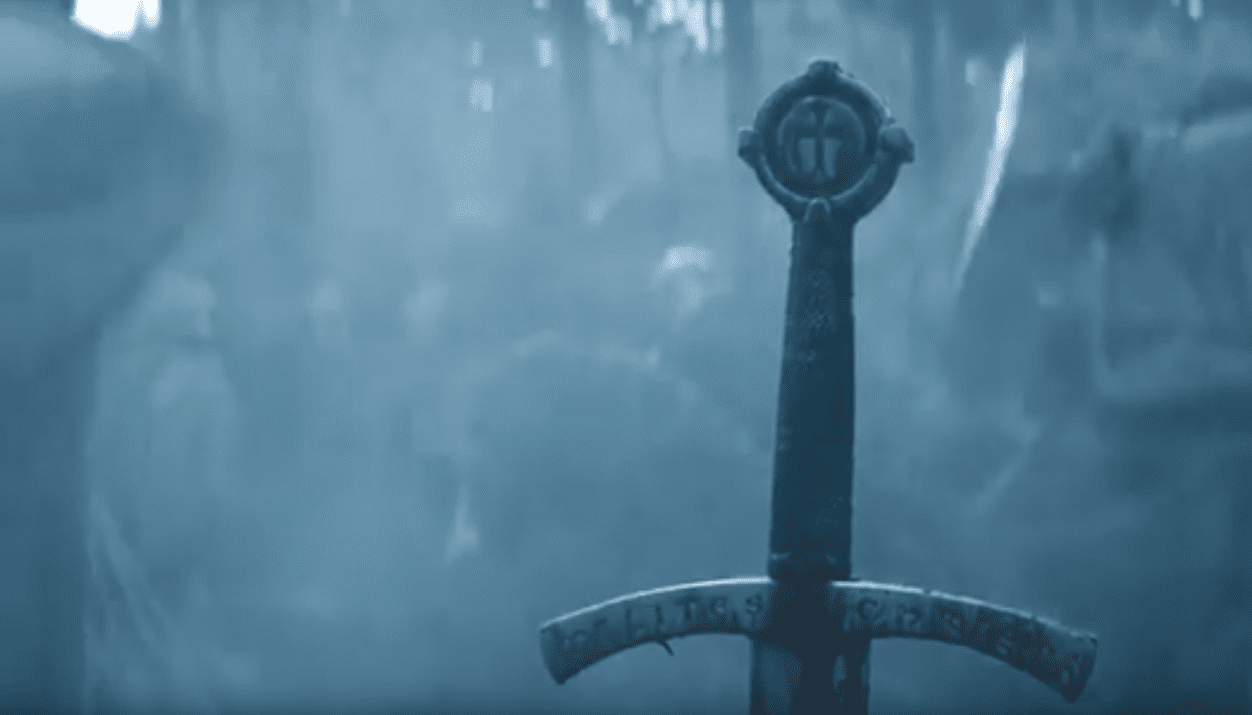 A+E Studios, Knightfall (2017–2019)
A+E Studios, Knightfall (2017–2019)
38. She Handed Out Gifts
Sadly, although the three Princes’ marriages varied in happiness, none would last long due to the actions of their sister Isabella in 1313. During a family visit, after all the siblings and their spouses enjoyed some entertainment, Isabella brought out a collection of distinctly embroidered coin purses and gifted one each to her brothers and their wives.
That's not where things get messy, though.
39. She Saw Something Suspicious
With all things considered, everything was normal for months until later in 1313 when Isabella allegedly spotted something truly scandalous. While hosting a dinner, she claimed to spot the purses belonging to her sisters-in-law, Margaret and Blanche—in the hands of two knights.
Isabella had suspicions—and she couldn't keep them to herself.
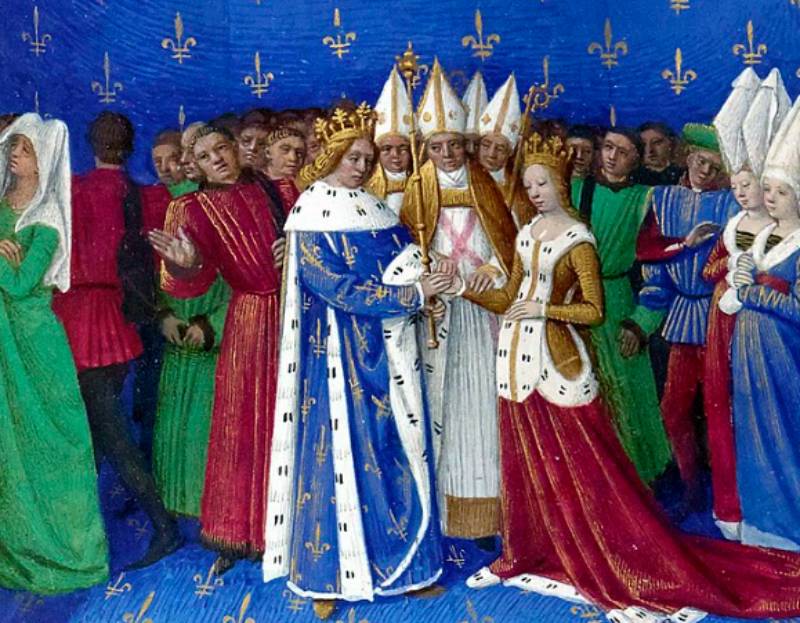 Jean Fouquet, Wikimedia Commons
Jean Fouquet, Wikimedia Commons
40. King Philip Hired Surveillance
Believing it evidence of her sisters-in-law being unfaithful to her brothers, Isabella brought her claim to her father. King Philip immediately ordered his men to watch his son’s wives, and whether or not he found anything, the accusations grew. Supposedly, Margaret and Blanche had been cheating on their husbands with the knights in an old guard tower called the Tour de Nesle.
Philip didn't take this lightly and the women were now in grave danger—not even Joan was safe.
 A+E Studios, Knightfall (2017–2019)
A+E Studios, Knightfall (2017–2019)
41. She Got Pulled In
Although Margaret and Blanche were at the center of most of the adulterous claims, along with their alleged lovers—Walter and Philip of Aunay—it didn’t only affect them. Rumors started to circulate that Joan not only knew about the affairs but had also been unfaithful to Prince Philip, despite evidence suggesting their marriage was the happiest of all three.
Of course, modern experts have their own opinions.
 A+E Studios, Knightfall (2017–2019)
A+E Studios, Knightfall (2017–2019)
42. It Was Probably True
Looking back through history, it’s impossible to know for sure how true Isabella’s allegations were, and whether she was blowing the whistle or making up stories. However, most modern historians tend to believe that, while it’s less likely in Joan’s case, Margaret and Blanche were probably carrying out secret affairs.
Of course, this doesn’t mean there wasn’t anything sinister at work.
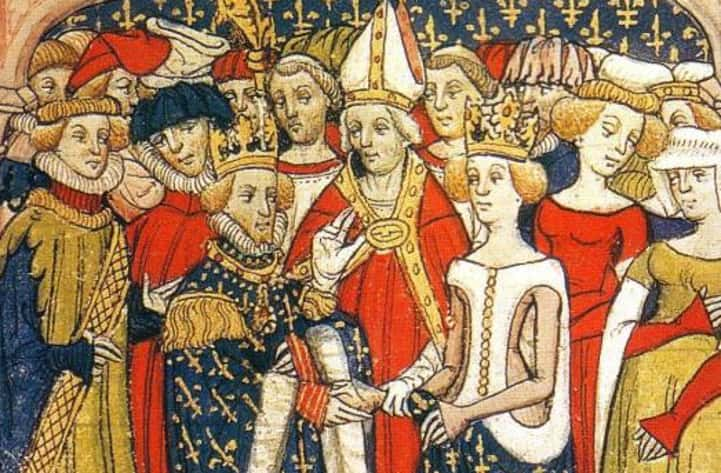 Unknown Author, Wikimedia Commons
Unknown Author, Wikimedia Commons
43. She May Have Planned It
Whether she fabricated the story or truthfully exposed a scandal, some have posited that Isabella may have done so to achieve her own political gain. It’s possible the Princess hoped that by removing her sisters-in-law, her newborn son would have an easier time taking the throne.
Whatever the case, her actions had serious consequences.
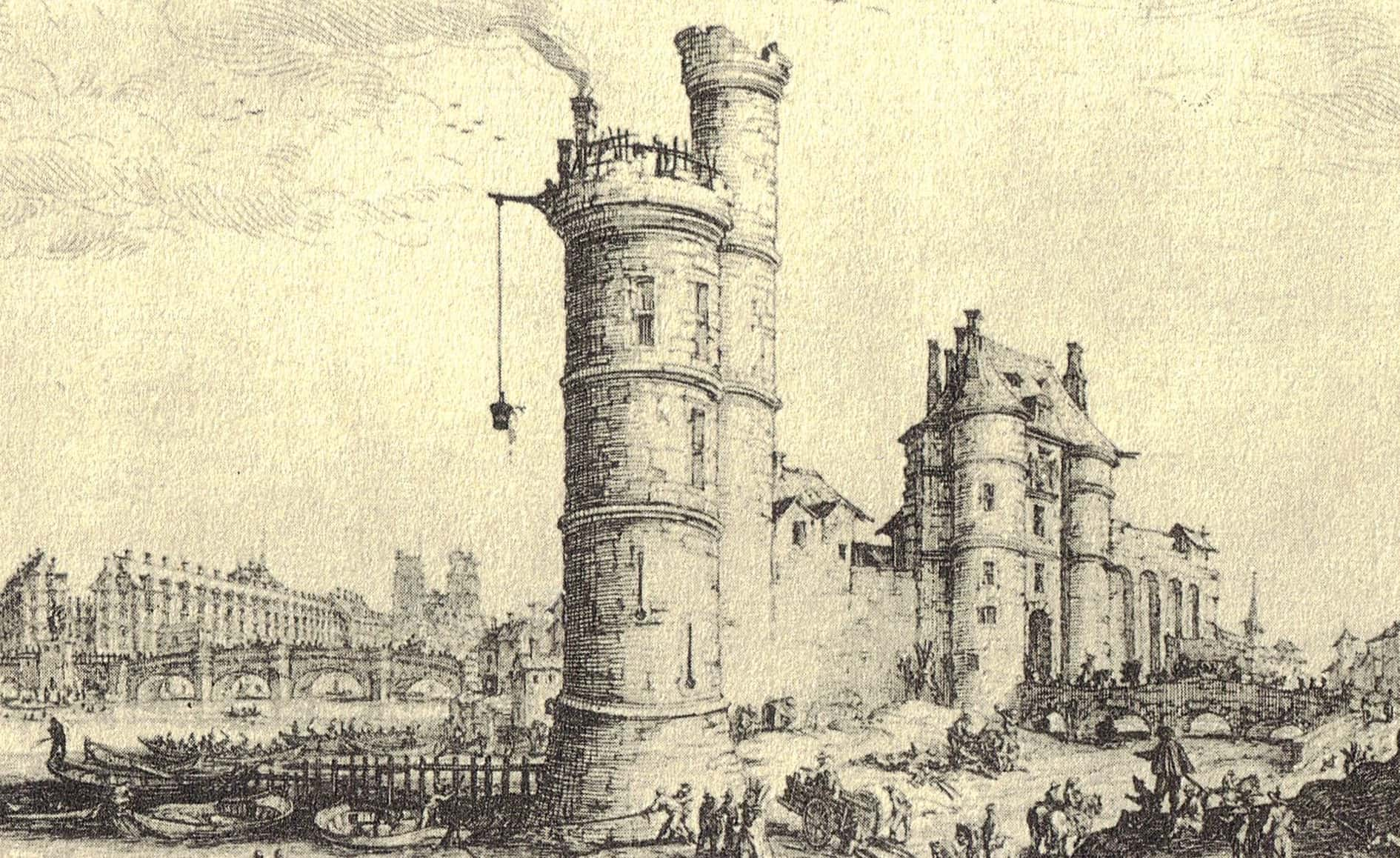 Jacques Callot, Wikimedia Commons
Jacques Callot, Wikimedia Commons
44. They Were Taken Into Custody
Ultimately, King Philip had enough evidence or testimony to satisfy him after having his three daughters-in-law surveilled for a short period, subsequently taking them into custody. He also captured the two knights and, just like the Templars, had them horrifically interrogated, making their resulting confessions questionable.
And he didn't stop there.
 A+E Studios, Knightfall (2017–2019)
A+E Studios, Knightfall (2017–2019)
45. They Were All Tried
King Philip brought all his daughters-in-law to court, resulting in Margaret and Blanche being found guilty. Fortunately, Prince Philip intervened and influenced Joan’s eventual verdict of innocence. However, the two knights weren’t so lucky, and their guilty verdict grew worse from the fact that their alleged actions were against a royal.
Naturally, their penalties followed.
 anonym - circa 1330, CC BY-SA 3.0, Wikimedia Commons
anonym - circa 1330, CC BY-SA 3.0, Wikimedia Commons
46. They Were Sentenced
Found guilty of adultery, Margaret and Blanche each had their heads shaved, and the courts sentenced them to life in prison. Comparatively, they may have gotten off easy, as both guilty knights were then tortured, flayed, and executed in what became known as the Tour de Nesle Affair.
Of course, these weren’t the last significant executions Philip would order.
47. They Spoke Out
In 1314, Philip faced further scrutiny when two of the last surviving Templars spoke to the public. Preceptor of Normandy, Geoffroi de Charney, and Grand Master of the Temple, Jacques de Molay, revealed to everyone that Philip had coerced their confessions out of them, and they were only guilty of “betraying their Order to save their own lives”.
Although valiant, this action sealed their fate.
48. They Were Burned At The Stake
Outraged, Philip immediately ordered the executions of the two knights, foregoing any formal hearings. Then, one horrible March evening, Philip’s men placed de Molay and de Charney on wooden pikes and burnt them alive. This only helped their case, as many heard of the Templars’ unflinching composure throughout their execution and considered them martyrs.
Meanwhile, King Philip's end wasn't far—and it was anything but heroic.
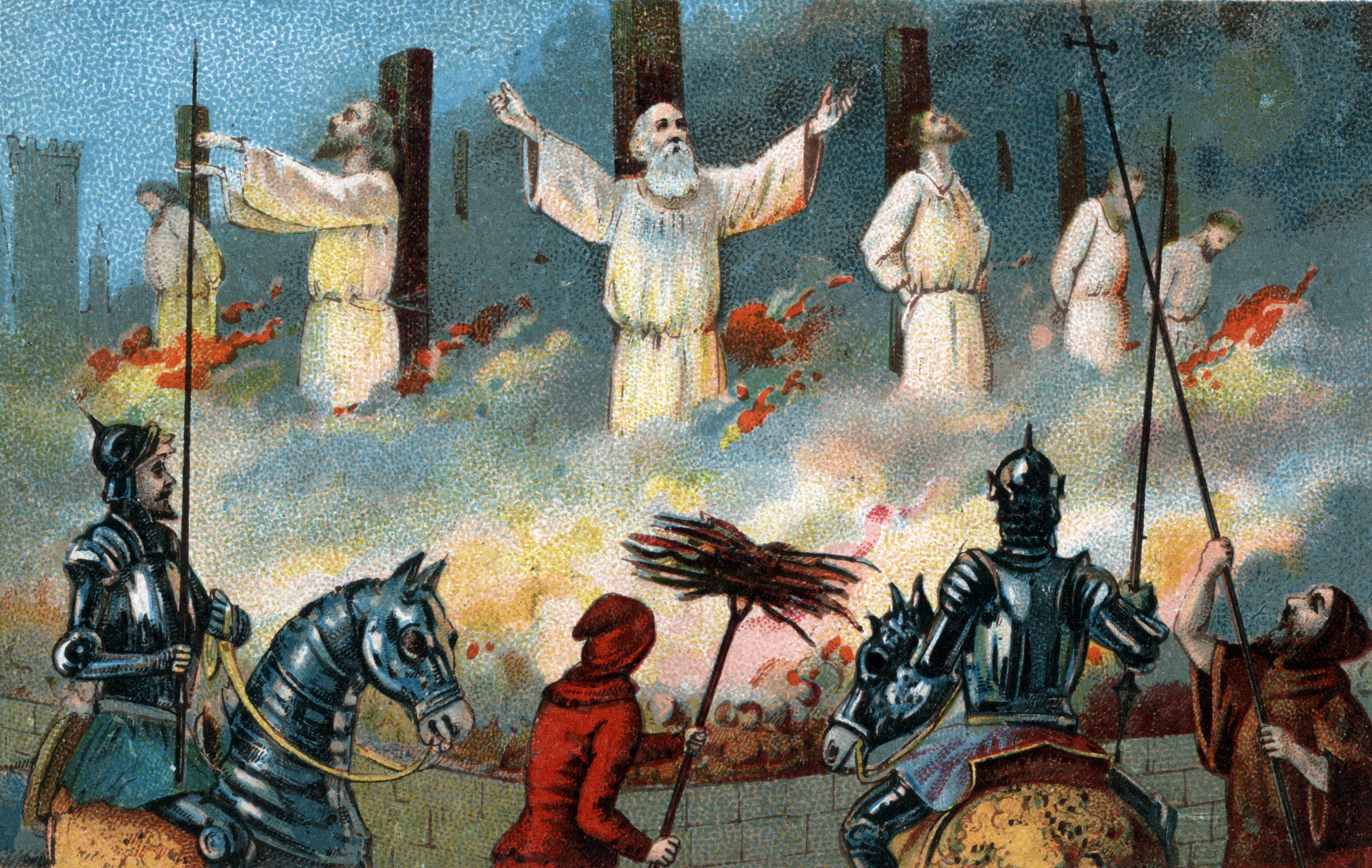
49. He Was Hunting
No matter how significant and powerful Philip saw himself, he perished from something that affects rich and poor people alike—illness. In late 1314, while hunting in the Forest of Halatte, the King suffered a cerebral stroke. Although he initially survived and recovered slightly, he succumbed to his condition and passed on November 29.
Some saw this as divine retribution—and that someone specific had snitched on him.
50. They May Have Told On Him
Around seven months before King Philip’s passing, Pope Clement V had also perished, likely from lupus. The timing of both of their demises being so close to de Molay’s execution led many to believe that something of a higher power was at play. Soon, a legend started to spread that as he burned, the late Templar Grand Master had cursed Philip, or even that he told God of the King and Pope’s treachery, ending their lives shortly after.
You May Also Like:
France’s Forgotten Warrior King
Eric XIV Was The Butcher King Of Sweden
Portugal’s “Philosopher King” Made A Foolish Decision, And It Cost Him Everything

